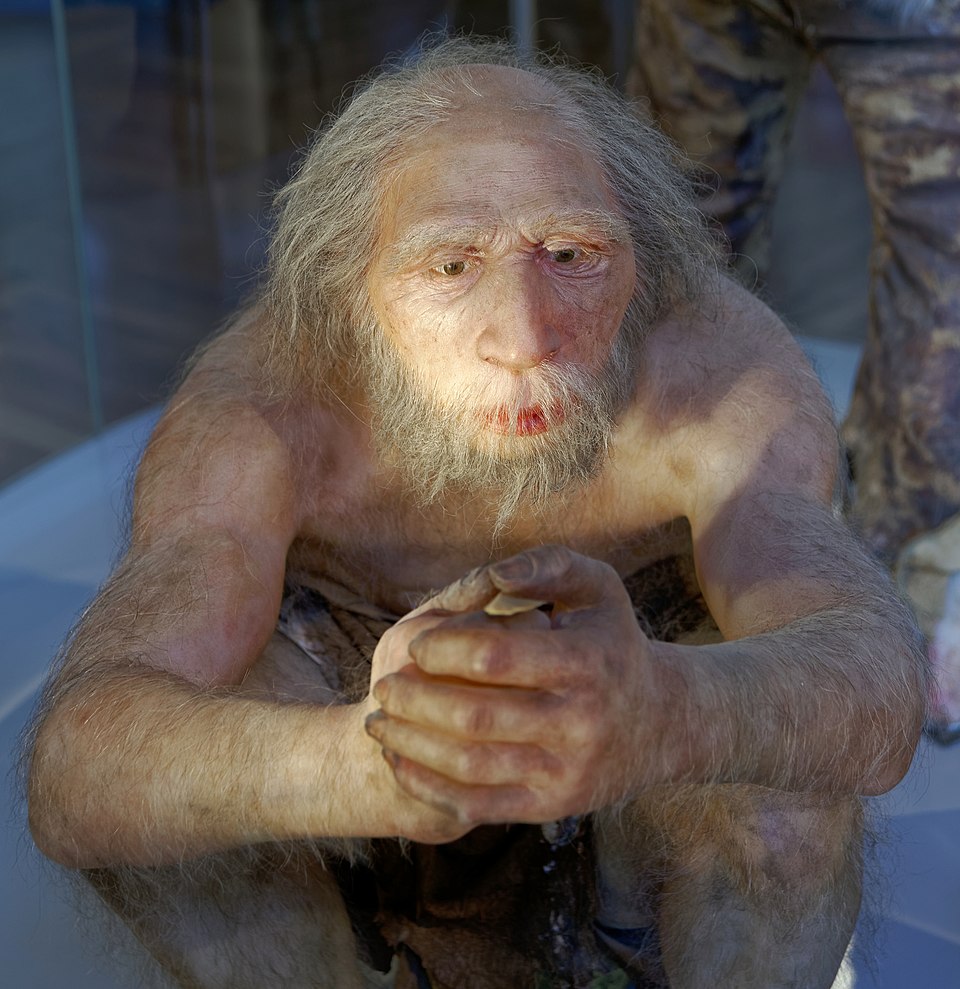Study Links Neanderthal Interbreeding to Modern Neurological Condition

A recent study led by Simon Fraser University (SFU) has identified interbreeding between modern humans and Neanderthals as a potential cause of Chiari Malformation Type 1, a serious neurological condition affecting approximately 1% of the global population. Published in the journal *Evolution, Medicine, and Public Health* on July 16, 2025, the study was spearheaded by Kimberly Plomp, a postdoctoral fellow at SFU, and Mark Collard, a Canada Research Chair in Human Evolutionary Studies and professor in the Department of Archaeology.
Chiari Malformation Type 1 occurs when the skull is too small to accommodate the brain, leading to herniation of brain tissue into the spinal canal. Symptoms can include severe headaches, neck pain, dizziness, and in extreme cases, death. According to Collard, understanding the causal chain of this condition is critical for effective management and treatment. "The clearer one can be about the chain of causation resulting in a medical condition, the more likely one is to be able to manage or even resolve the condition," he stated.
The hypothesis that Neanderthal genes may influence the development of Chiari Malformation Type 1 was initially proposed by Yvens Barbosa Fernandes from Brazil's State University of Campinas. His theory suggested that the modern human skull's differing structure could be influenced by Neanderthal genetics, thereby contributing to this malformation.
Utilizing advanced medical imaging technology and statistical shape analysis, Plomp and her team compared 3D models of modern human skulls—both with and without Chiari Malformation Type 1—to fossils of ancient hominins, including Neanderthals and other species like *Homo heidelbergensis* and *Homo erectus*. Their findings revealed that individuals with Chiari malformation exhibited greater morphological similarities to Neanderthal skulls than those without the condition, suggesting that the genetic legacy of Neanderthals may play a role in the malformation.
The study also points to varying levels of Neanderthal DNA among global populations, which could imply differential risks for Chiari Malformation Type 1, particularly among individuals of European and Asian descent. Further research is required to substantiate these claims and their implications for public health.
The collaborative research team included experts from various institutions, such as the University of Manchester, Liverpool John Moores University, and the Manchester Centre for Clinical Neurosciences. Their multi-disciplinary approach underscores the importance of integrating archaeology and evolutionary studies into contemporary medical research.
In light of these findings, Collard emphasized the broader implications of archaeological studies in addressing modern health challenges. "Studying archaeology and human evolution not only aids in understanding our past but also has the potential to illuminate present-day medical issues," he said.
This research adds to the growing body of evidence that interbreeding with Neanderthals has had lasting effects on the genetic makeup of modern humans, influencing various health conditions and traits. As scientists continue to uncover the complexities of human evolution, the legacy of our ancient relatives remains a significant area of inquiry in understanding contemporary health issues.
Advertisement
Tags
Advertisement





